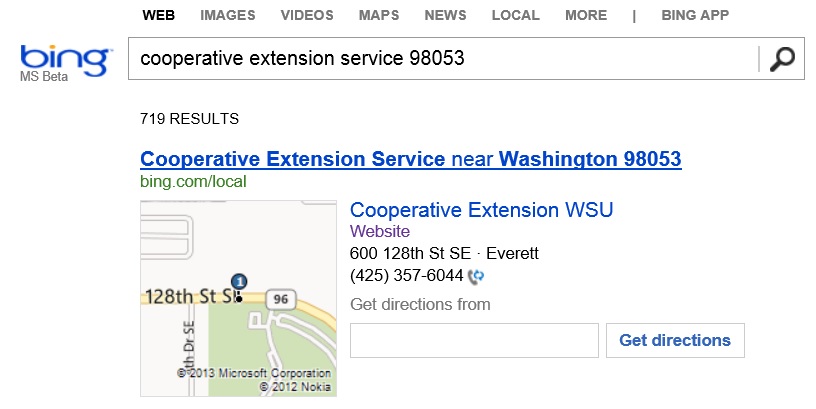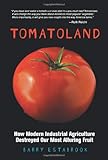Free Gardening Books
11.3 years ago book, free, vegetables
The great thing about home gardening is that people have been doing it for thousands of years and even better writing about for at least the last few hundred. Fortunately this provides us with a great amount of knowledge of from many generations back.
What’s even better many of these get gems are under the public domain so they are completely free gardening books to have as a resource to read online and is even available in EBOOK format to take with on your favorite. To check out these great books yourself check out Google Books with the public domain filter enabled.
Currently I am checking out “The home vegetable garden” by W. R. Beattie in printed in 1906. Sure it doesn’t have a real catching marketing title but provides some great tips and makes use of low cost solutions to the same problems we come across today. One of my favorite finds was this handy Planting table:
Update: Max mentioned in the comments of another great resource your local Cooperative Extension Service just go to Bing.com and type “Cooperative Extension Service” and then your zip code to find your local office and get some great local info.
So check these out and let me know what treasures you find in the comments.
Tomatoland: How modern industrial agriculture destroyed our most alluring fruit review
12.7 years ago book, organic, product review, tomato
There is a very good reason why tomatoes are the most popular vegetable grown in the home garden, you can’t beat the taste of a home grown tomato. Tomatoland provides and exposé of specifically the Florida tomato industry showing many of the negative, though there are still a few positives explaining the history and the process of getting this previously alluring fruit to your local grocery store. After reading I can now add several other reasons to avoid purchasing those perfectly round and red commercial tomatoes at my local grocery store which I will explain in more details below.
Matter of Taste
As many of you may or not know below is what your delicious red tomato looks like when picked from the vine. By picking the tomatoes young this helps prevent fungal diseases prone to the humid Florida area where a good portion of our tomatoes from grocery stores and restaurants are grown. This also assists in the transportation of these tomatoes without damage to areas like where I live which is about far away from Florida as you can get. So how does these less appealing tomatoes look like the perfect ones we see in the stores? Once they reach their destination they are gassed with ethylene to give them their nice red appearance.
There have also been decades of breeding to produce a perfectly round, high yielding tomato, disease tolerant, and of proper size. Unfortunately during this process taste has not really been a consideration into this breading process. Along with taste tomatoes have lost much of the nutritional value they have had in the past. “According to analyses conducted by the U.S. Department of Agriculture, 100 grams of fresh tomato today has 30 percent less vitamin C, 30 percent less thiamin, 19 percent less niacin, and 62 percent less calcium. So you grandmother may have been correct telling you to eat your vegetables back in the day…sadly maybe this is no longer the case.
Human Factor
Most people are aware that insecticides and pesticides are used to grow most of our commercially produced produce. We have been told that end up on our fruits are so small that there is no risk to humans. This statement is definitely an easily arguable statement but in this book the author goes into great detail of the effects of these pesticides on the farm workers who were forced to go into fields too soon before application and in many cases pesticides actually being sprayed directly on the workers. As a result this led to many cases of reproductive issues with the farmers leading to many cases of abnormalities of children at birth as well as sickness and injuries, rashes during the immediate exposure.
The book also details the outright slavery existing in the Florida tomato fields as less than a decade ago. This is something that surprised me that I had not heard about this. There are also examples of modern day indentured servitude by offering an appealing wage but then extorting money from the workers for simple items such as water, “showers” (using a garden hose to rinse of pesticides, food, and premium rent at living quarters which normally would include sharing a small trailer with several other men.
Overall
Overall I thought Tomatoland was a great book and help reinforce my reasons for growing my own produce and supporting my local organic farmers. It also encouraged me to me aware of who’s hands my food my travel as I decide to make a purchase at my local grocery store. I would recommend this book to anyone who feels that paying a little extra for organic products is just too much to pay or anyone simply interested in how the tomato industry is run.







